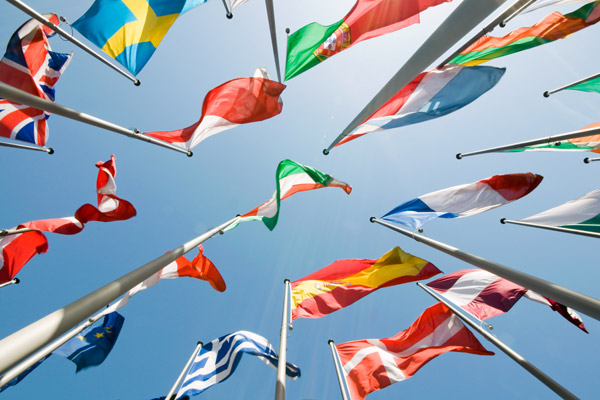Translations

Studio Melchior delivers high-quality technical translations by linking skilled linguists, state-of-the-art technology, and our exclusive three-step quality-assurance process. The bulk of our work has historically been translating written documents (user manuals, operator and instructional guides, legal contracts, financial reports, pharma patents).
Each of our linguists has practical career experience in a single discipline, or has an academic background in a specific area of expertise. All our linguists are native-born speakers, professionally certified and pretested.
Studio Melchior actively recruits linguists who are evaluated, and tested using materials similar in scope and content to the client’s source material. To insure quality and consistency, every project we work on is translated, proofed, and edited under one in-house project manager.
Most of our linguists work directly and exclusively for Studio Melchior, some in-house and some under exclusive contract.
Translator Qualifications
All of our translators are professionally experienced in the field in which they will be working and internally certified by our project managers. Only after passing our stringent testing procedures are they assigned to a specific project. Each is native in the target language, the language into which he or she translates the materials, and fluent in the source, the language of the original documents.
Areas of Expertise
Studio Melchior delivers technical translations is these specialized fields:
Automotive
Pharmaceutical and Bioscience
Energy Environmental Protection
Public Health
Security and Screening
Information Technology
Patents and Legal Services
Food Processing
Travel & Tourism
Glossary Development and Management
If available, an existing glossary of industry-specific terms is utilized and updated prior to the start of a new project. Using a preexisting glossary creates consistency and increases productivity by decreasing translation time and cost. Whether we ourselves create the glossary or use and update an existing one, once finalized, the glossary is approved by the client and then sent to the translation team, insuring that all terminology is perfectly localized. Our glossary databases make it possible for clients to approve terminology and key phrases once, eliminating the necessity of approving them again with each new project.
We can accommodate glossaries created by most any translation memory tool used by clients. Our standard is Trados/SDLX. These tools can lower prices, shorten translation time, and help maintain quality and consistency. Studio Melchior works closely with clients to consolidate previous translation memories and glossaries into one, new unified TM. We archive the memories after completing a project, and they are always available to the client.
Technical Documentation: User Guides and Manuals
Sometimes the total project includes a graphic-laden manual. The manual’s text must be translated, and its graphics carefully prepared with appropriate captions and sub-text placed correctly. This graphic editing is accomplished by our in-house graphic designers using the most up-to-date image editing and formatting programs.
The following steps detail our normal procedure for translating documents in programs such as FrameMaker 8, Adobe InDesign, and QuarkXPress. These steps take us through the processes of translation, editing, proofreading, and formatting, to the point of delivery of a print-ready PDF.
1. DTP specialists convert the files into MIF format and then into STF (tagged RTF) for translation in TagEditor.
2. Using translation memory, if available, the project manager analyzes source files and prepares a proposal with word counts, graphic analysis, project scope, cost, and time line.
3. STF files are sent to our linguists for translation and editing with TagEditor, along with a source PDF for reference.
4. After this initial round of translation and editing, we convert the translated STF files back into MIF and then to the source program.
5. After the individual sections are laid-out and the text spell-checked and proofed, an index and table of contents are generated.
6. A complete, translated and edited manual is created and sent to the linguistic team in PDF form for checking and revision. The linguists compare the translated version with the source English and create an annotated PDF showing any and all revisions.
7. Using the modified, annotated PDF, DTP specialists incorporate revisions into the source program files.
8. A final PDF is generated for client review.
